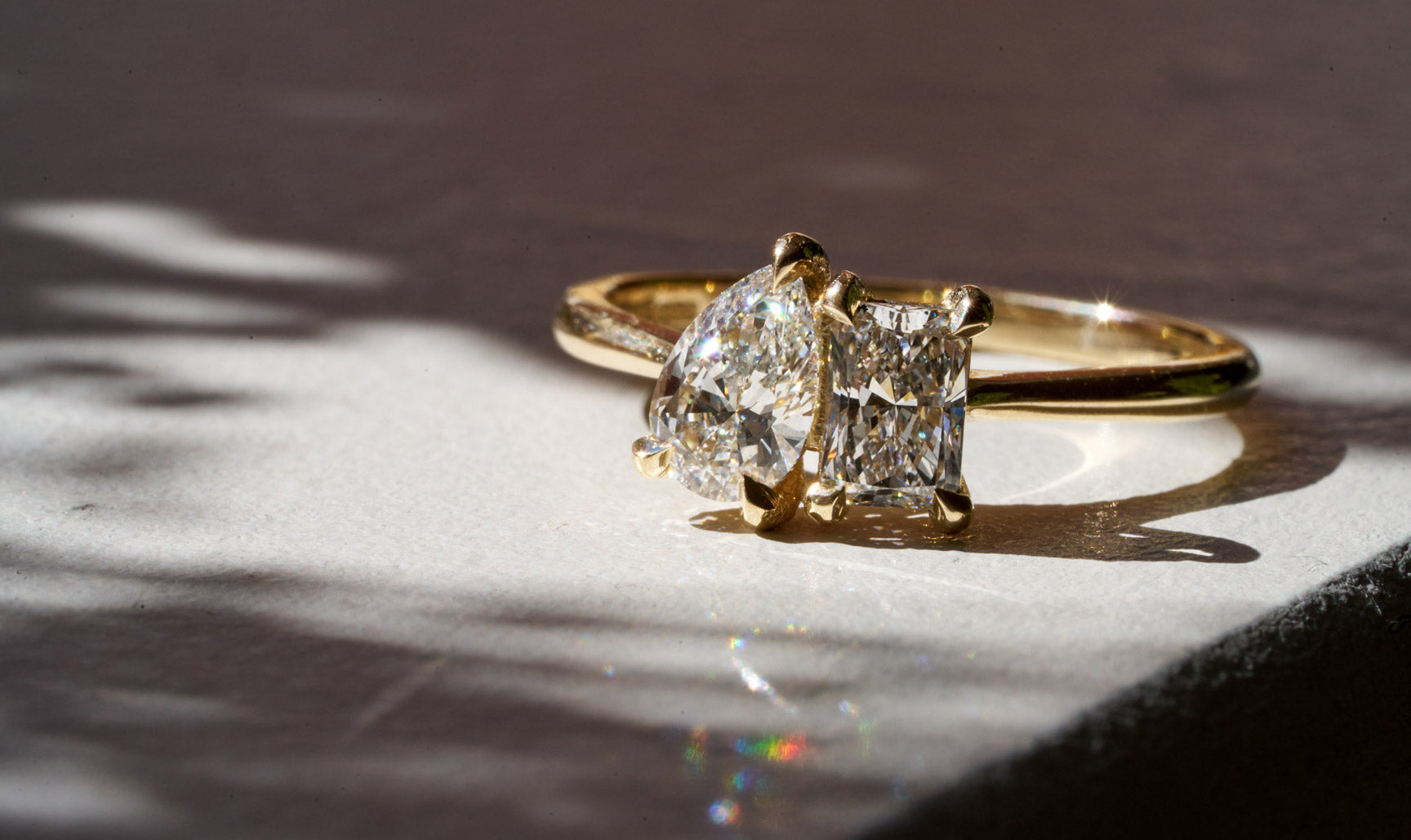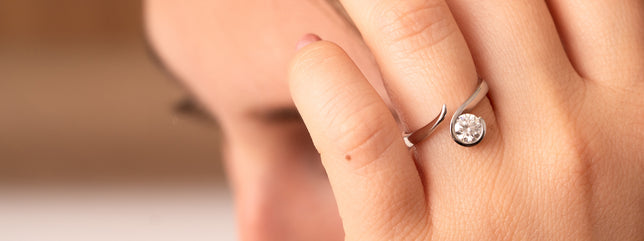Diamonds are timeless symbols of beauty and elegance, coveted for their brilliance and allure. As technology advances, consumers now have a choice between lab-created diamonds and natural (real) diamonds. This article explores the differences between these two types of diamonds, helping you make an informed decision on which is right for you.
Introduction to Diamonds
Diamonds have captivated humanity for centuries with their sparkle and rarity. They are formed deep within the Earth’s mantle over millions of years or created in a controlled environment using advanced technology.
What are Lab Diamonds?
Lab diamonds, also known as synthetic diamonds, are grown in laboratories under conditions that replicate the natural diamond-growing process. These diamonds have the same chemical composition and physical properties as natural diamonds.
How are Lab Diamonds Created?
Lab diamonds are created using two primary methods: High Pressure-High Temperature (HPHT) and Chemical Vapor Deposition (CVD). Each method involves simulating the conditions necessary for diamond crystal growth.
What are Real Diamonds?
Real diamonds, often referred to as natural diamonds, form naturally over billions of years under high pressure and temperature conditions deep within the Earth’s crust. They are mined from kimberlite pipes or alluvial deposits.
Natural Formation of Real Diamonds
Natural diamonds begin as carbon atoms subjected to intense heat and pressure, crystallizing into the diamond structure we recognize.
Quality Factors: Clarity and Color
Both lab diamonds vs real diamonds are graded on clarity and color. These factors influence the diamond’s beauty and value, regardless of its origin.
Cost Comparison: Lab vs Real Diamonds
One of the significant differences between lab and real diamonds is the cost. Lab diamonds are generally more affordable than natural diamonds of comparable size and quality due to their controlled production.
Environmental Impact
The environmental impact of diamonds varies between lab and natural diamonds. Understanding this impact can influence environmentally conscious consumers.
Durability and Longevity
Both types of diamonds are exceptionally durable, scoring a 10 on the Mohs scale of hardness. They are suitable for everyday wear and can last for generations with proper care.
Ethical Considerations
Ethical concerns surrounding diamond mining have led to increased interest in lab diamonds, which are considered conflict-free.
Popularity and Market Trends
The market for lab diamonds is growing as consumers seek affordable luxury and sustainable alternatives to natural diamonds.
Cultural Perceptions
Cultural perceptions of diamonds influence consumer preferences and purchasing decisions, affecting the demand for lab vs real diamonds.
Buying Tips: Lab vs Real Diamonds
When purchasing diamonds, lab made diamonds, consider factors such as budget, preference for origin, and ethical considerations to make an informed choice.
Conclusion
In conclusion, whether you choose a lab-created diamond or a natural diamond depends on your priorities—whether it’s budget, ethical concerns, or the allure of a natural wonder. Both types offer unique benefits and appeal, catering to diverse consumer needs and preferences.


